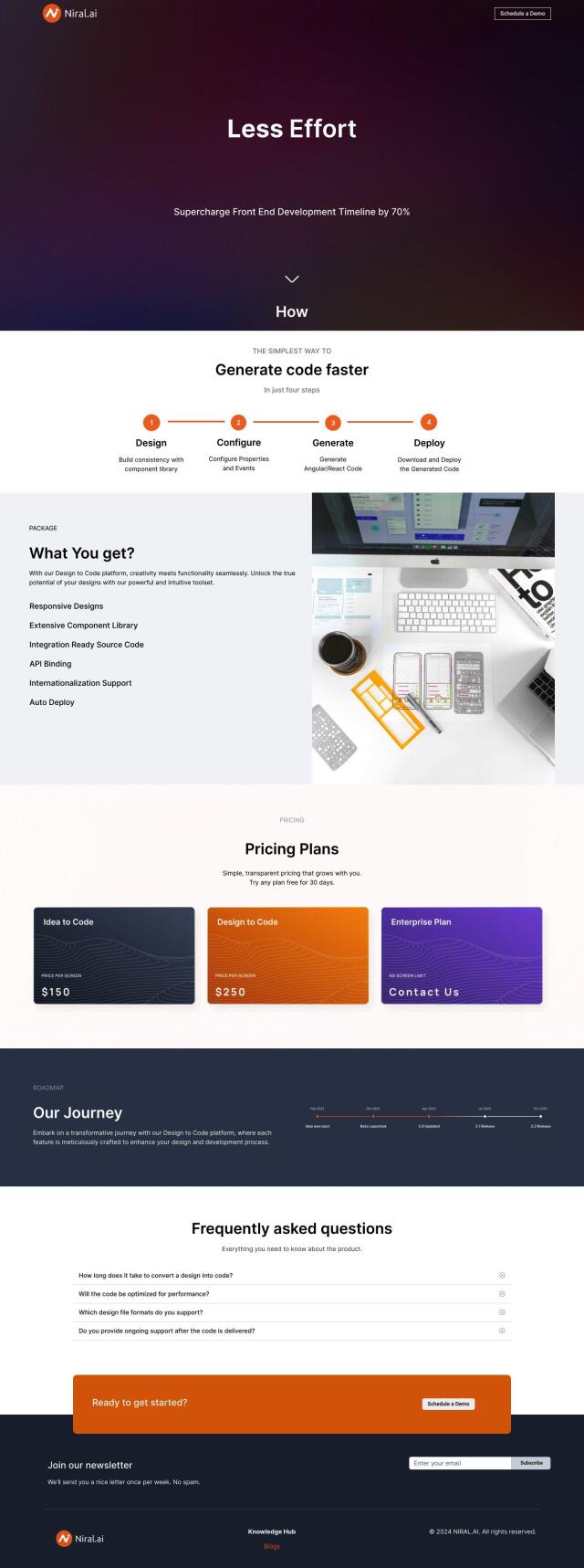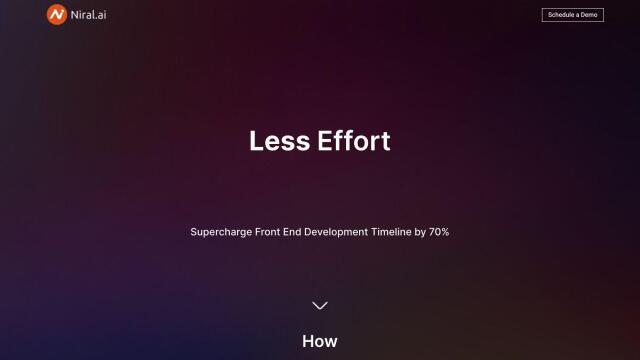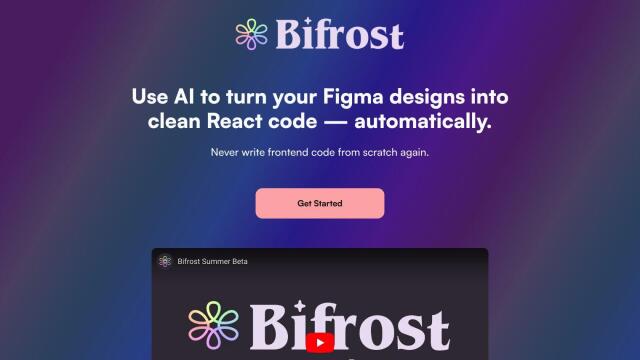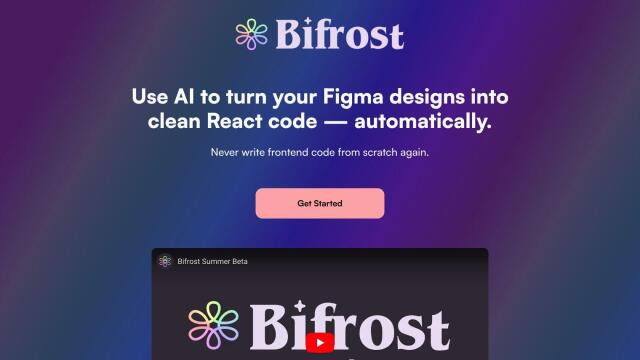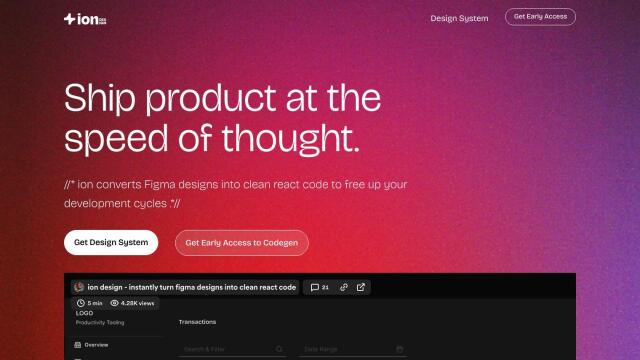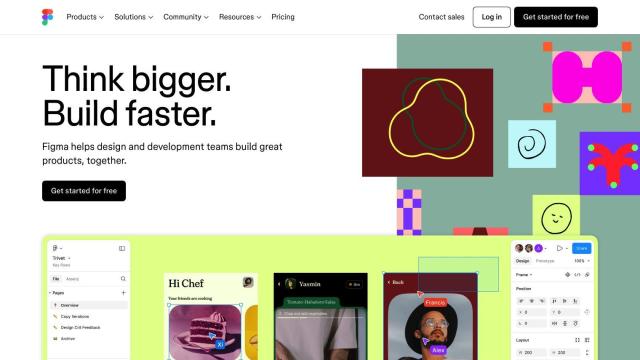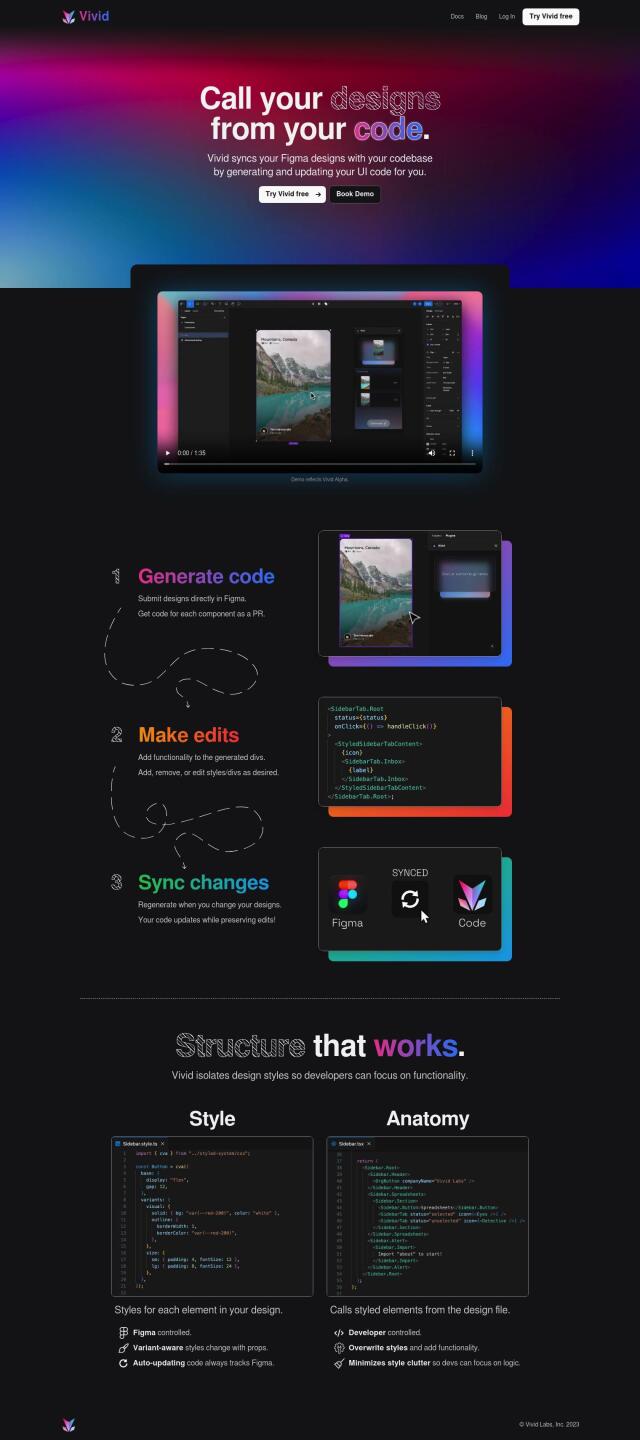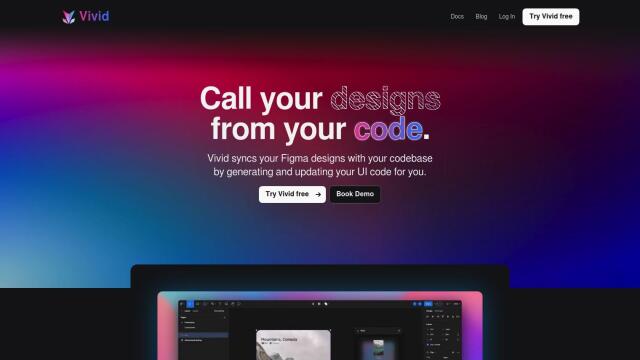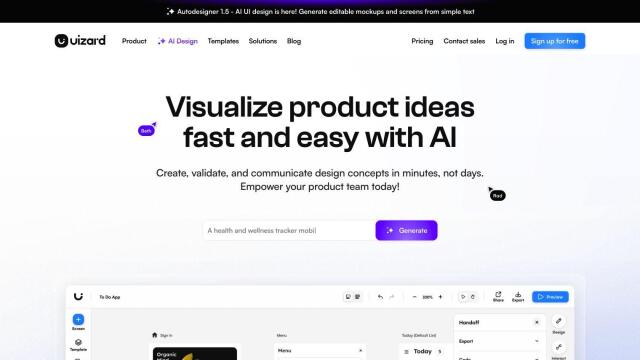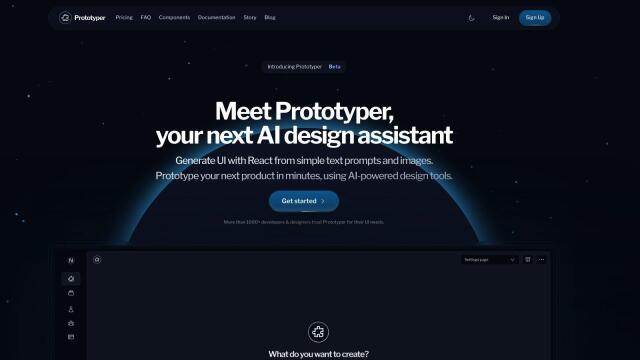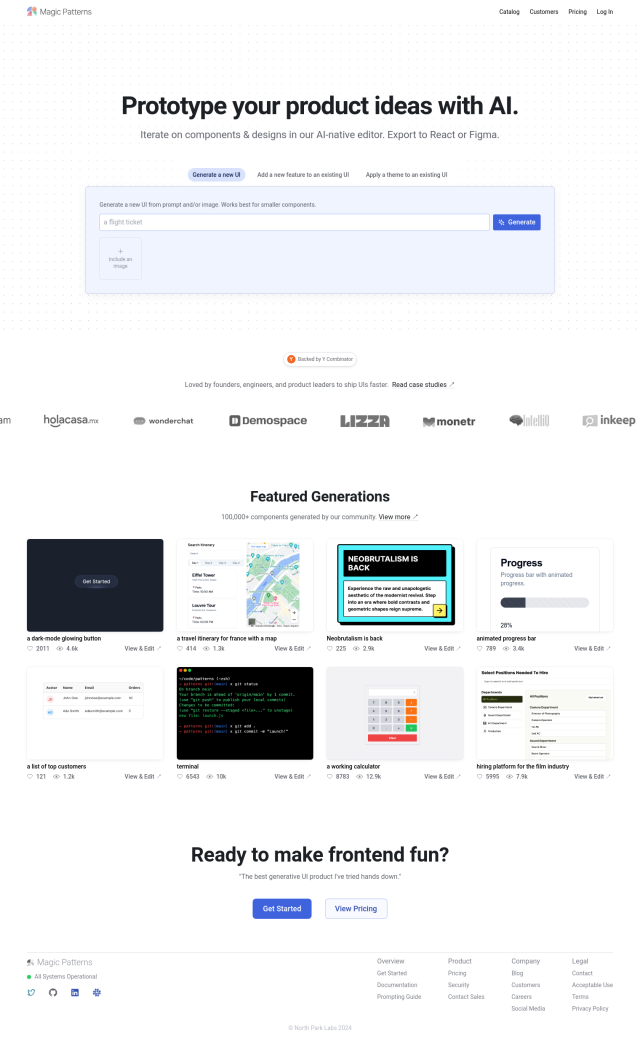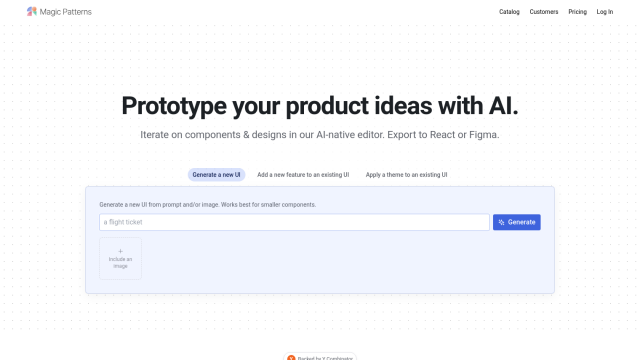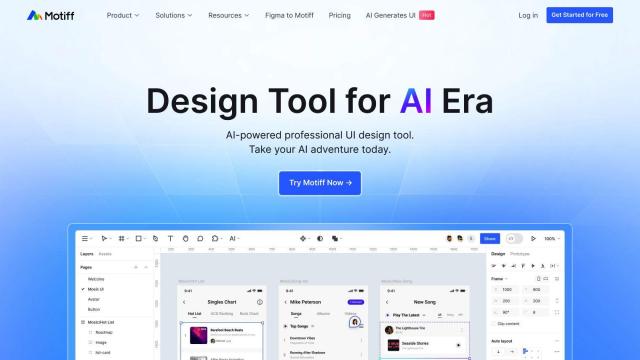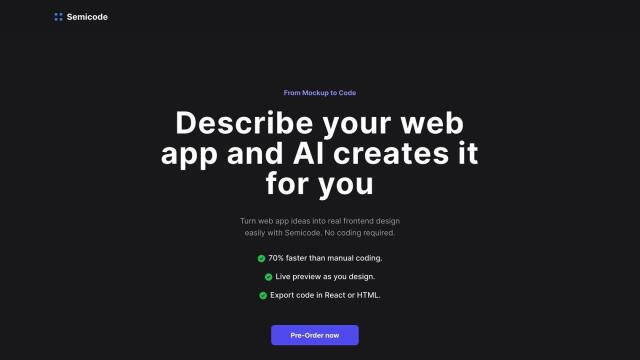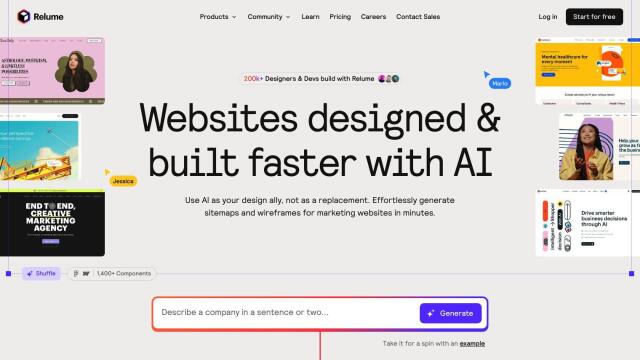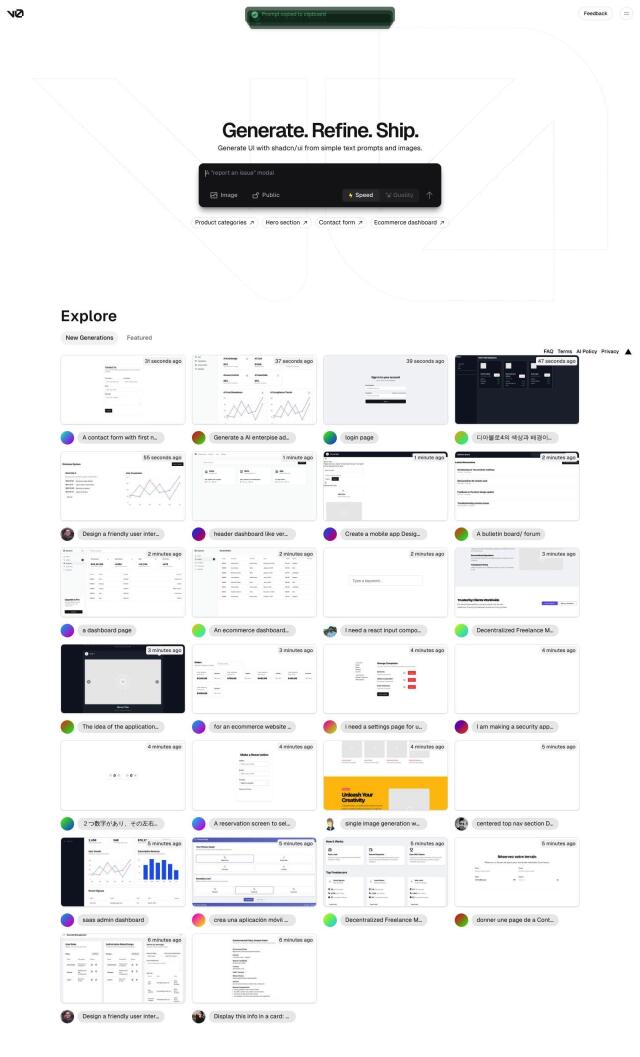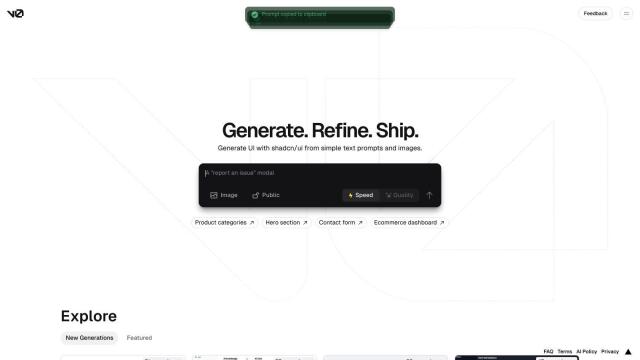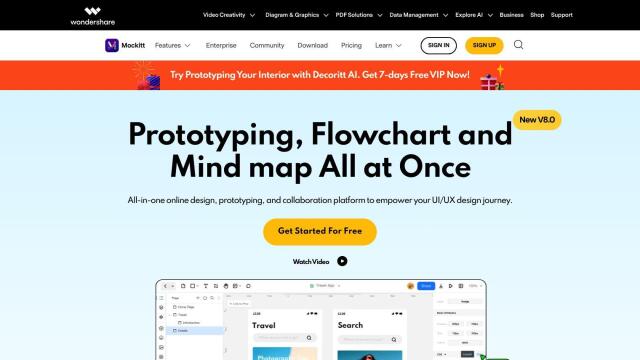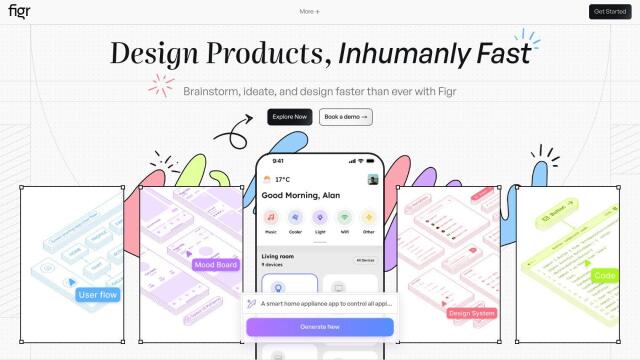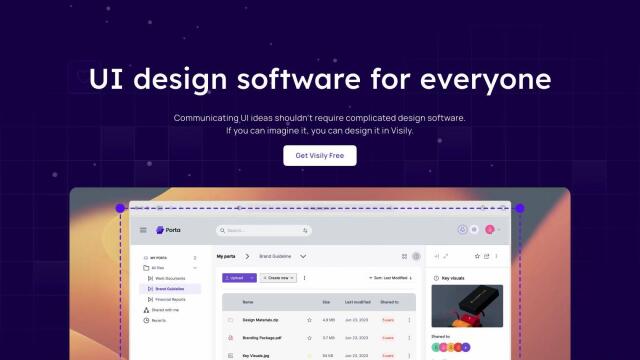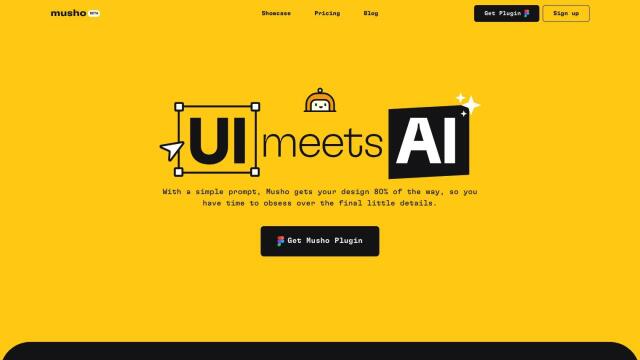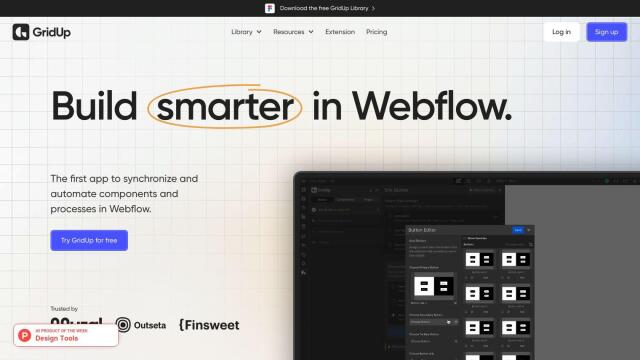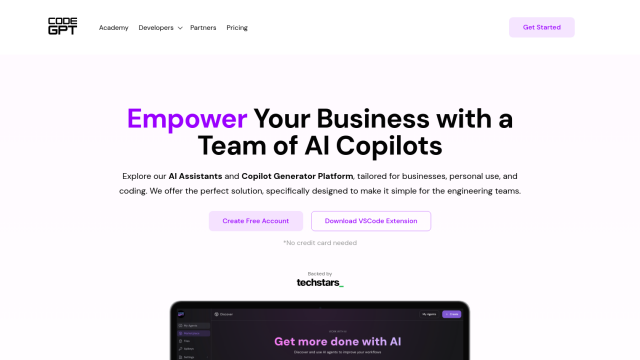Question: How can I streamline my design-to-code workflow and reduce development time?

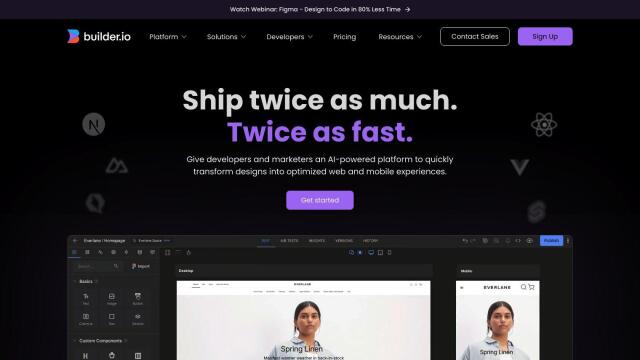
Builder.io
To help you get from design to code faster and cut development time, check out Builder.io. This collection of tools lets developers and marketers turn Figma designs into web and mobile apps as fast as possible with AI-powered code generation. It offers a Visual Copilot for iterative refinement of code, a drag-and-drop visual editor for real-time collaboration, and support for frameworks like React, Vue and Angular. Its pricing plans range from solo developers to large teams, with features like localization, content scheduling, A/B testing and analytics.

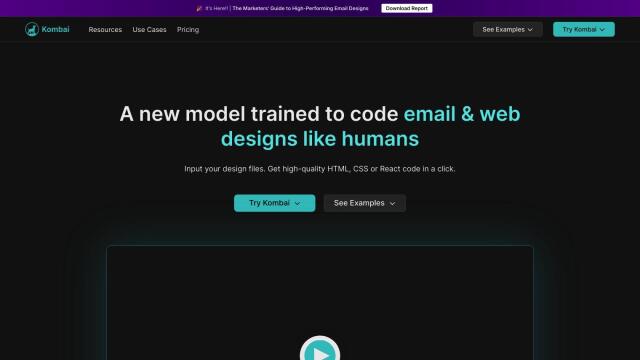
Kombai
Another good choice is Kombai, an AI-powered tool that automates the handoff process with pixel-perfect accuracy. It can convert Figma designs into front-end code using React components and flexible CSS. Kombai can produce output in React and HTML + CSS, and it can integrate with frameworks like Vue, Svelte, Angular and Django. The tool can save you time and eliminate manual coding, making it a good option for design-to-code conversions.

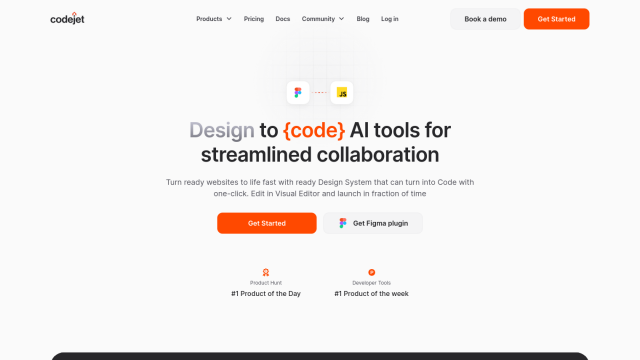
Codejet
Codejet also streamlines the design-to-code process by turning Figma designs into live code and linking the work of designers and developers. It has a centralized Design System with 100+ styles, components and templates, and AI Code Generation for instant conversion. The service includes a Visual Editor for tweaking code visually and a Figma Plugin Assistant for compatibility and responsive web design. Codejet can deploy websites with a single click and offers tiered pricing plans for teams of different sizes.
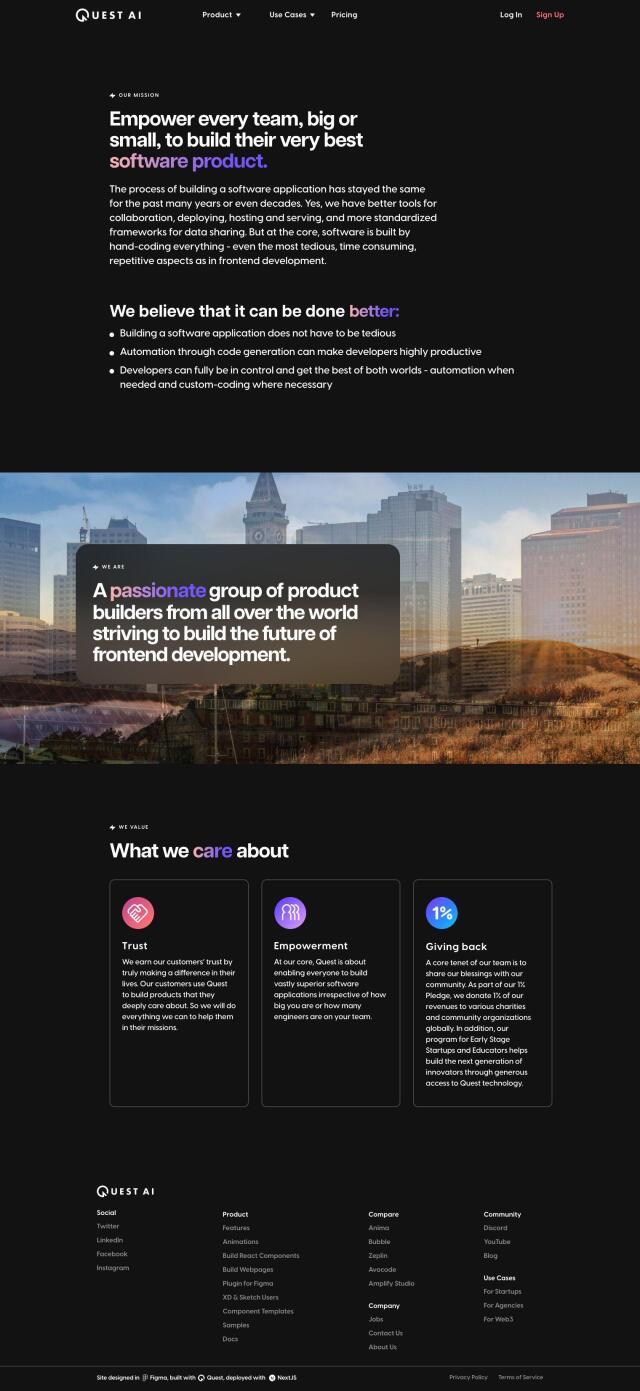
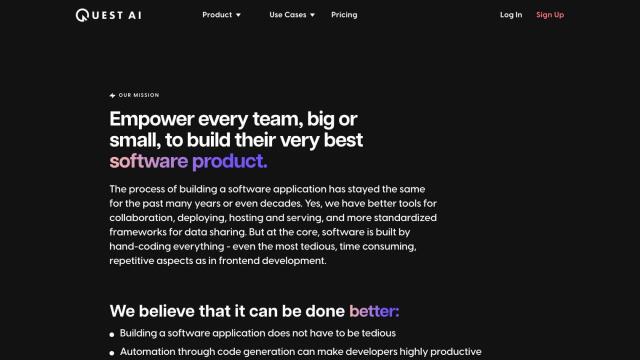
Quest
For a focus on React, Quest is a tool that converts Figma designs into clean, modular React components. It uses AI models to generate useful code and supports design systems and component libraries. Quest has a range of tools like Animation Library, Clean Code and Component Library Integration, and a host of templates and components to get you started faster. It's designed for development teams, with collaboration abilities through Apps and Workspaces.
